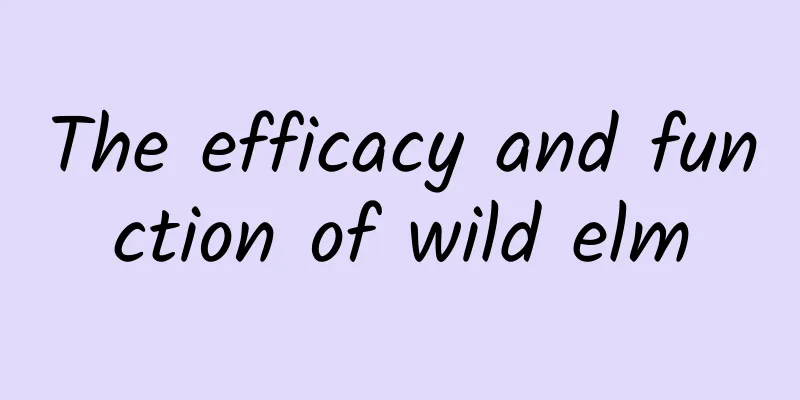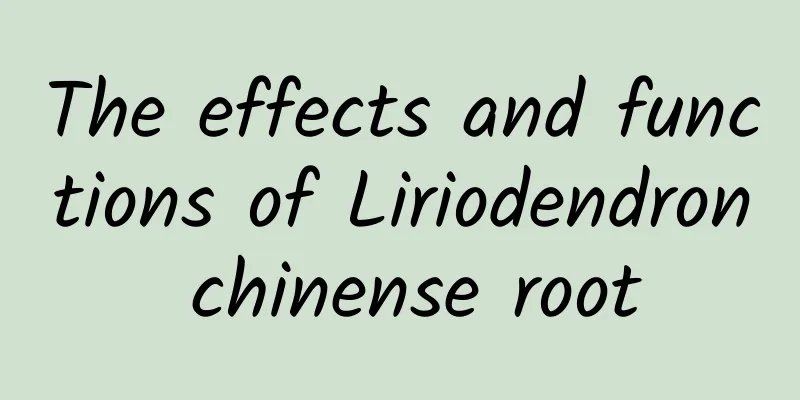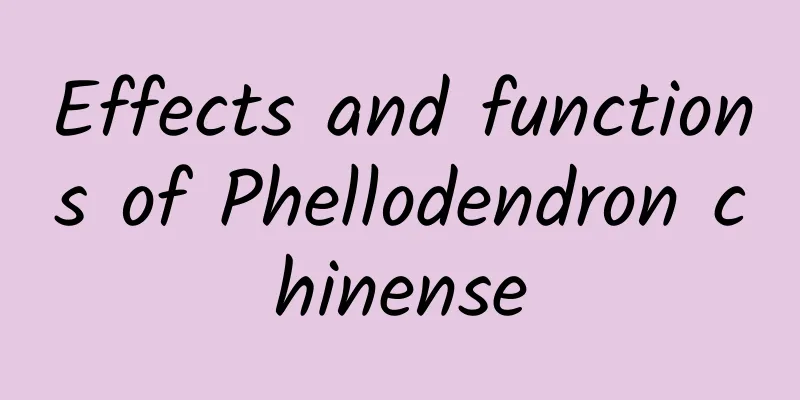Shocked! The brown color in this painting is actually made by a mummy?

|
The painting below is by the artist Martin Drolling. It looks ordinary, just a kitchen interior with dim lighting. But in this painting, a lot of Mummy Brown is used. And unlike the saying “there is no wife in wife cake”, the mummy brown at that time actually contained a mummy. Martin DeLorean's "Kitchen Interior", Image source: Wikipedia Mummy that brings disaster even when lying down When the ancient Egyptians made mummies, they just hoped that they could be preserved for a long time, hoping that the dead could continue to use this "well-preserved" body when they were reincarnated in the future. When making mummies, the ancient Egyptians would first remove the body's internal organs, then fill it with frankincense, cinnamon and other spices, then place it in natron to dry and dehydrate it, then tie it with bandages, apply gum, and place it in a sarcophagus. But what the ancient Egyptians and these mummies did not expect was that after being buried for thousands of years, they were actually "developed" for various new uses. In fact, before being used as a raw material for pigments, mummies were inexplicably "endowed" with medicinal value by Europeans. This inexplicable "effect" may come from a misunderstanding of the Arabic translation, or it may come from people's superstition that this long-lasting immortal remains have sacred powers. Regardless of how this trend began, by the Middle Ages, people had begun using ground mummy powder as a hemostatic agent to treat toothaches, dysentery, and other diseases. Even the famous Francis Bacon and Robert Boyle believed that mummies did have the effect of treating bruises and stopping bleeding. This caused trouble for Egyptian mummies. Although the Turkish government that ruled Egypt at the time did not support this trade, the mummies were still smuggled and resold to Europe. Finally, in the 16th century, the custom of using mummies as medicine was no longer popular, and mummies could finally breathe a sigh of relief. But soon, they were "given" a new function - as pigments. People would mix mummies with myrrh and white asphalt (resins from pine, fir and other trees) to make a special pigment called mummy brown. Although it is unclear who first thought of using mummies as paint, it is certain that it was quite popular in the 18th and 19th centuries. Benjamin West of the Royal Academy of Arts in the late 18th century even commented that "the best brown for glaze is mummy brown, made from the fleshiest part of a mummy." After the French Revolution, some people even took out the hearts of previous French kings and made them into mummy shells (when the church preserved the remains of the French kings, it would also take out the internal organs for preservation, which was somewhat similar to mummies). Martin DeLorean, the artist of the aforementioned "Kitchen Interior", once bought more than 40 mummy hearts to use as paint. Eugene Delacroix, the artist of the famous "Liberty Leading the People", also particularly liked to use mummy brown to create paintings, so it is very likely that mummy brown also appears in the painting "Liberty Leading the People". "Liberty Leading the People", Image source: Wikipedia Because the demand for mummies in Europe was so great at that time, the mummies stolen from ancient Egypt were in "short supply", so some fake mummy browns appeared on the market. Some merchants directly mixed asphalt and calcium oxide powder together to impersonate mummy powder. Mummy Brown's "Funeral" Interestingly, after entering the 19th century, many painters no longer needed to mix their own pigments and could directly purchase ready-made ones, so some painters did not know that there were really mummies in mummy brown. The most representative of these is Edward Burne-Jones, who also used mummy brown extensively in many of his paintings. However, Burne-Jones did not know the truth about mummy brown and always thought that the name was just used to describe its color as being like a mummy. Born-Jones' Pygmalion series, image source: Wikipedia Until one day when he was chatting with a friend, his friend mentioned that he had recently been invited to visit the production process of Mummy Brown. Burne-Jones was so shocked that he ran to the backyard to dig a hole and buried his Mummy Brown pigment in it. From Burne-Jones' attitude, we can also see that people are no longer as enthusiastic about using mummies to make pigments as they used to be, and they are even a little disgusted. After all, using human remains to make pigments is really too strange. After entering the 19th century, especially at the end of the 19th century, people's craze for mummy brown gradually subsided. Compared to being made into paint for painting, mummies have higher archaeological value, and the "raw material" of mummies is becoming increasingly difficult to obtain. In addition, mummy brown is not an irreplaceable color, so mummy brown gradually faded out of the historical stage. Although in the early 20th century, some businesses were still selling mummy brown containing mummies, such as the British old pigment manufacturer Robertson's, which had some reserves of real mummy brown and sold them until the 1930s. But after the reserves were used up, they no longer continued to make mummy brown with mummies. Today, mummy brown is still found in many paints we buy, but since it’s made primarily of kaolin, quartz, hematite, and goethite, you don’t have to worry about finding a mummy in your paint box. References: [1] https://www.natgeomedia.com/explore/article/content-6304.html [2] https://harvardartmuseums.org/tour/funerary-portraits-from-roman-egypt-facing-forward-2/slide/12414 [3] McCouat P. The life and death of Mummy Brown[J]. Journal of Art in Society, 2013. Author: Dai Li Popular Science Author Reviewer: Gu Miaofei, Ph.D. in Chemical Engineering, Editor and Deputy Editor of Science Pictorial The article is produced by Science Popularization China-Creation Cultivation Program. Please indicate the source when reprinting. |
Recommend
Complete picture of Isatis root leaves
The leaves of Isatis root actually have many func...
Eye damage warning! These two types of people should not use dark mode on their phones!
"As long as the phone is in eye protection m...
What are the benefits of drinking dandelion water?
Dandelion is a common plant. Everyone's under...
The efficacy and function of Taibai Deer Antler
Do you know about Taibai Deer Antler? It is a com...
Effects and functions of boiled water of Imperata
Imperata root water is a very popular health care...
The efficacy and function of Dendrobium officinale
Dendrobium officinale is one of the common tradit...
Where does the water on Earth come from? my country's latest scientific research results provide new ideas for understanding the evolution of life
Image source: Tuchong Creative There are many dif...
The efficacy and function of green thorn tip
In modern life, everyone is very familiar with va...
The efficacy and function of single-leaf clematis
Do you know what Clematis unifolia is? If you kno...
Effects and functions of Ageratum
The thistle has lush plants and elegant flower pa...
Everyone may have cancer cells in their body! Do these 5 things and make cancer "scared of you"!
Cancer doesn't happen overnight. So, who gave...
Rain turns to iron, lakes turn to methane, strange landscapes on planets
What will it be like when dust storms appear on M...
FICO: Research shows that Chinese consumers are the world's most enthusiastic about mobile e-commerce
A recent international research result shows that...
ECDB: Global E-commerce Market in 2024
The global e-commerce market will reach $5.14 tri...









